Management of Shock in Infants and Children
- Extracorporeal membrane oxygenation (ECMO) is a modified method of cardiopulmonary bypass that is used as a last resort modality for support of the pediatric patient in cardiac and/or respiratory failure.
- VADs are a newer, alternative method of mechanical circulatory support for children in refractory heart failure or cardiogenic shock who are awaiting transplantation. VAD use in adults is well established, and its use in children has been steadily increasing over the last decade.
- Lactate is a by-product of anaerobic metabolism and is often used to diagnose and monitor the progression of shock. Although lactate is less frequently elevated in pediatric patients, an initial elevated lactate level has been found to be associated with increased risk of organ dysfunction in pediatric sepsis and can be followed as a marker of resuscitation.
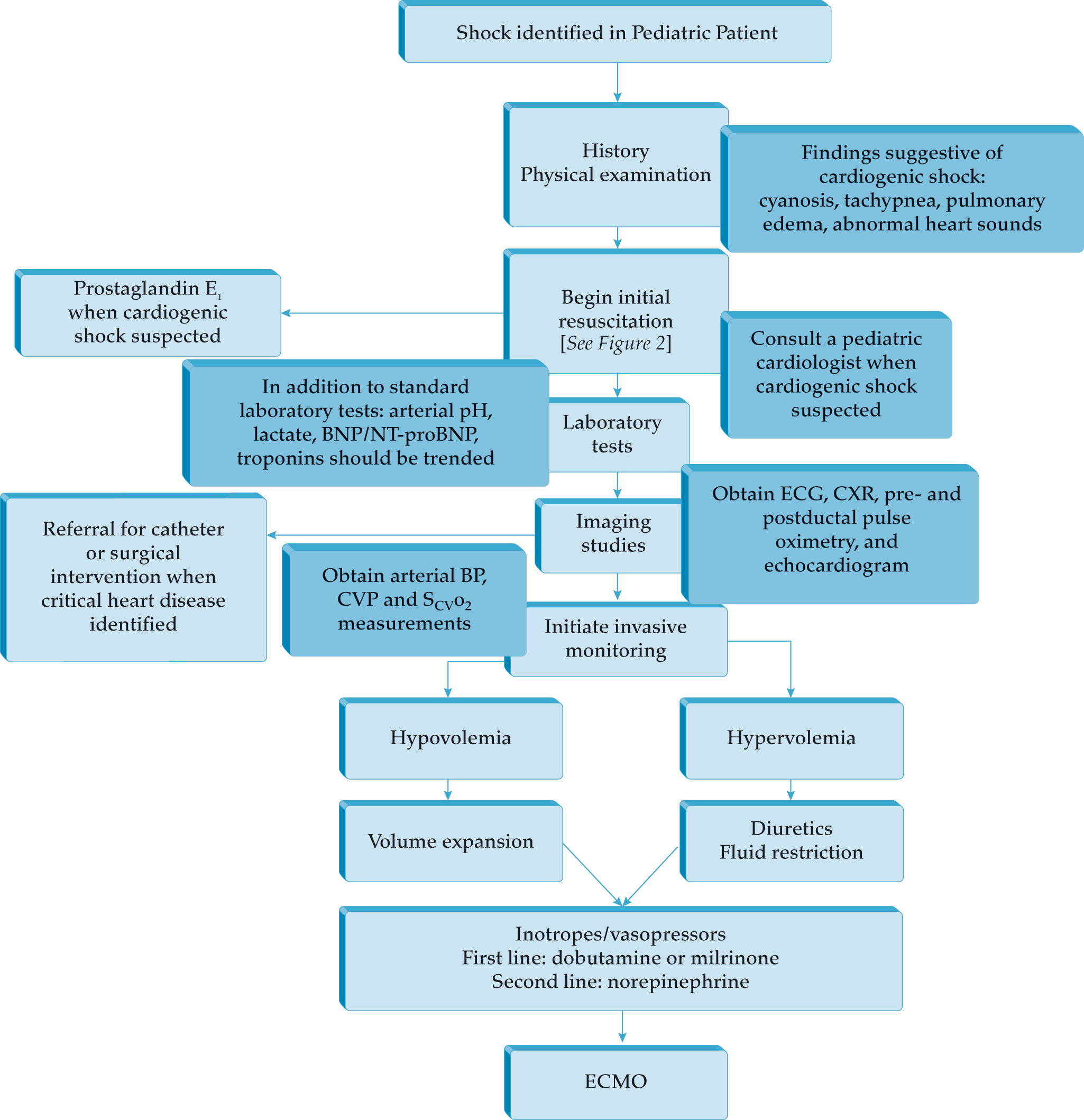
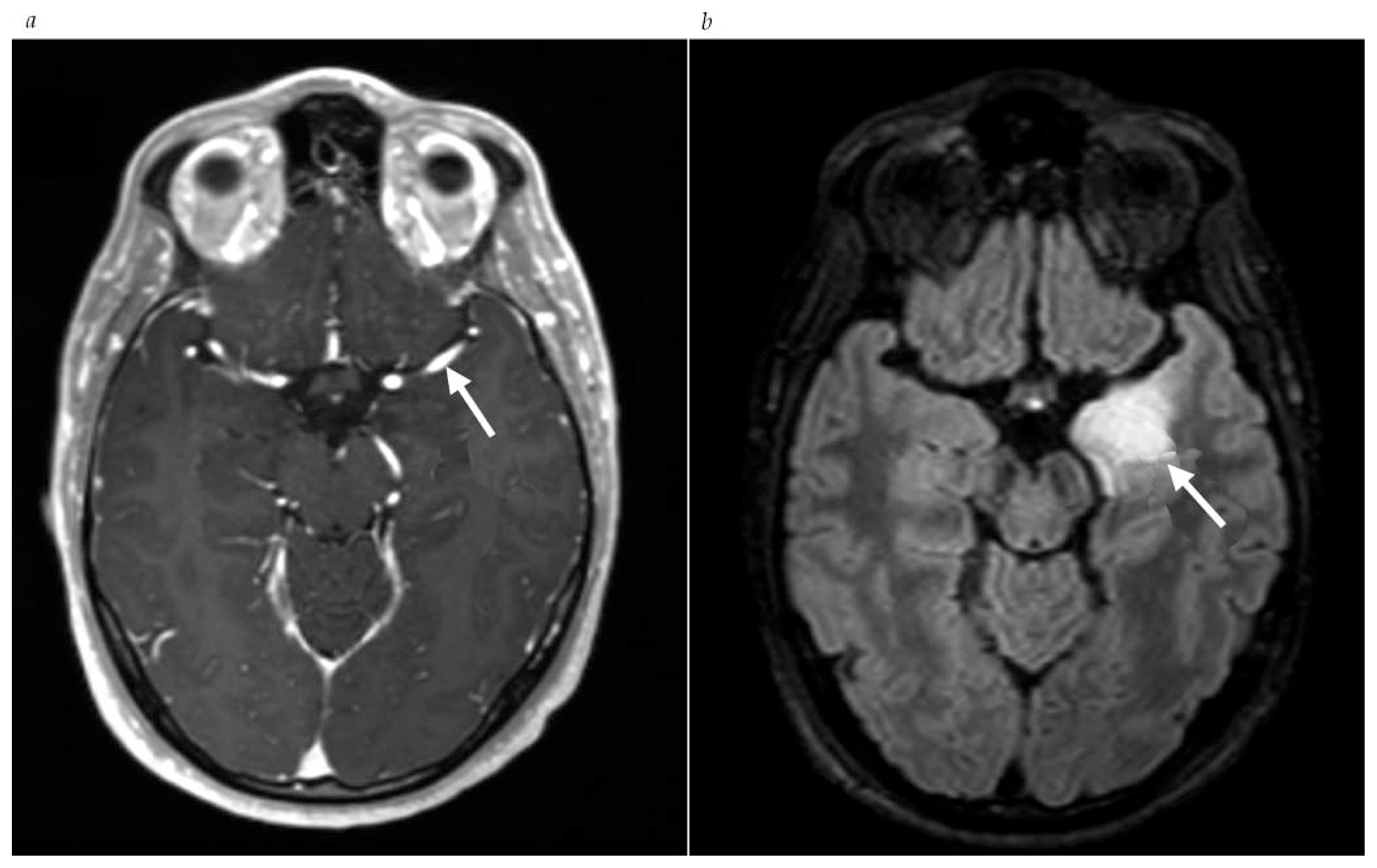
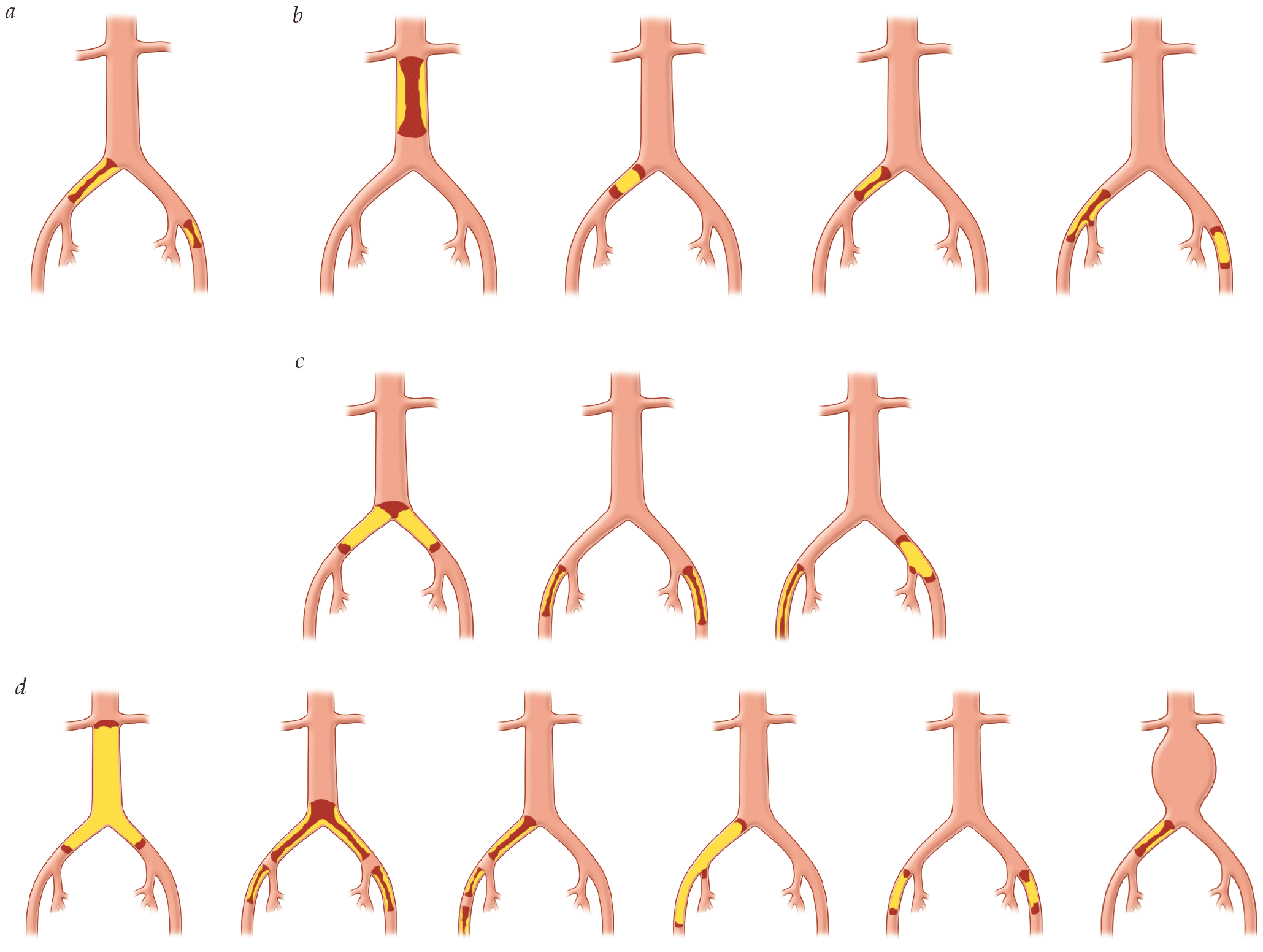
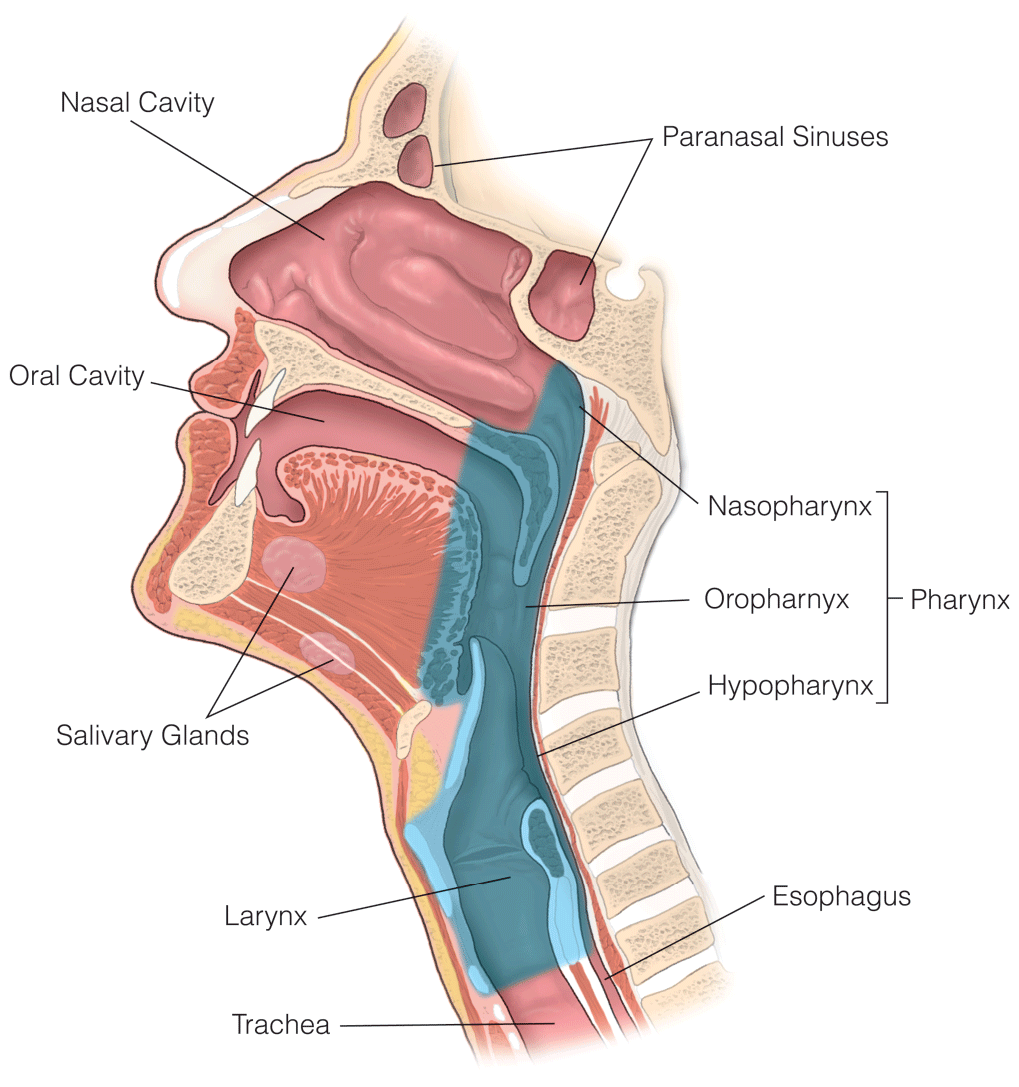
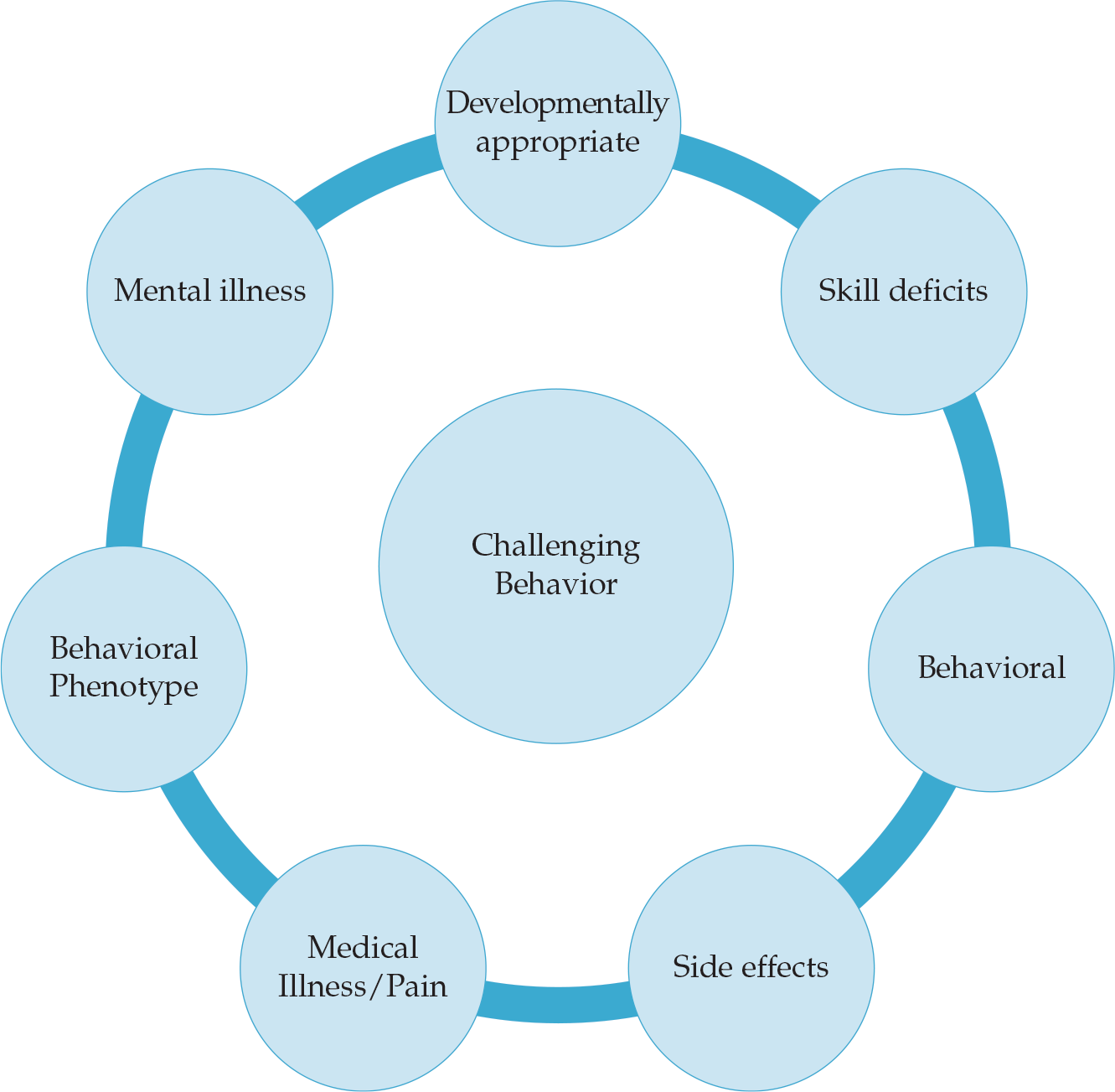


.png)







